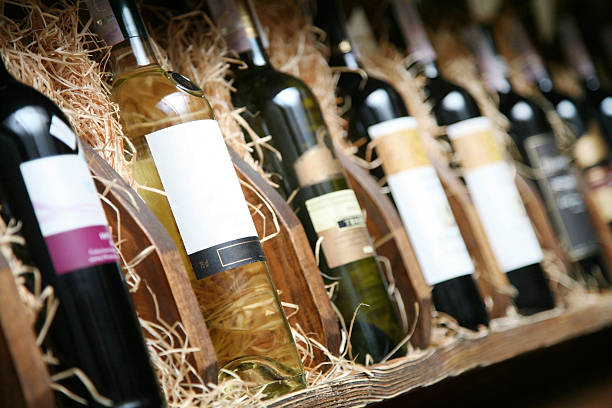Wine, with its rich history and diverse flavors, has long been a symbol of celebration and sophistication. For those eager to explore the world of winemaking from the comfort of their homes, wine kits offer an accessible and enjoyable entry point. Whether you’re a novice or a seasoned enthusiast, getting started with wine kits can be a rewarding and educational experience. In this guide, we’ll walk you through the basics, from selecting the right kit to the step-by-step process of making your first batch.
Choosing the Right Wine Kit:
The first step in your winemaking journey is selecting the right wine kit. These kits come in various types, catering to different preferences and skill levels. Common options include red, white, and rosé wine kits, each offering a unique set of grape varieties and flavor profiles. Additionally, kits may be available for specific wine styles like Cabernet Sauvignon, Chardonnay, or Merlot.
Consider your taste preferences and the time you’re willing to invest in the winemaking process. Some kits are designed for quick consumption, while others may require longer aging for optimal results. Beginners may find it beneficial to start with a basic kit that includes all the necessary equipment and ingredients, simplifying the winemaking process.
Equipment and Ingredients:
Once you’ve chosen your wine kit, it’s time to gather the necessary equipment and ingredients. Most wine kits come with a comprehensive set of instructions, but here’s a general overview of what you’ll need:
- Primary Fermenter: A food-grade plastic or glass container for the initial fermentation process.
- Airlock and Stopper: To allow gases to escape during fermentation while preventing oxygen from entering.
- Siphon Tubing: Used for transferring the wine between containers.
- Hydrometer: Measures the specific gravity of the wine, helping determine when fermentation is complete.
- Sanitizing Solution: Essential for maintaining a sterile environment throughout the winemaking process.
- Wine Bottles and Corks: For storing and aging the finished wine.
- Wine Degassing Tool: Optional but useful for removing excess carbon dioxide from the wine.
- Wine Kit Ingredients: Typically includes grape juice concentrate, yeast, stabilizers, and fining agents.
The Winemaking Process:
Now that you have your equipment and ingredients ready, let’s walk through the basic steps of making wine from a kit:
- Sanitization: Before anything else, ensure that all your equipment is thoroughly cleaned and sanitized. This step is crucial to prevent unwanted microorganisms from contaminating your wine.
- Mixing the Must: The must is the combination of grape juice concentrate and water. Follow the kit instructions to mix these ingredients in your primary fermenter, creating the base for your wine.
- Adding Yeast: Sprinkle the yeast provided in the kit over the must. The yeast is essential for fermenting the sugars in the grape juice into alcohol. Seal the fermenter with the airlock and let the magic of fermentation begin.
- Fermentation: Allow the must to ferment according to the kit instructions. This process typically takes one to two weeks, during which the yeast converts sugars into alcohol, creating the foundation of your wine.
- Racking: After fermentation is complete, siphon the wine into a secondary fermenter, leaving sediment behind. This step helps improve the wine’s clarity and flavor.
- Stabilizing and Clearing: Add stabilizers and fining agents as instructed in the kit to prevent further fermentation and clarify the wine. This step may take a few weeks.
- Degassing (Optional): Use a wine degassing tool if included in the kit to remove excess carbon dioxide, ensuring a smoother, less fizzy final product.
- Bottling: Transfer the clear, stabilized wine into sanitized bottles and cork them securely. The wine is now ready for aging.
- Aging: Depending on the kit and wine type, aging times can vary. Red wines often benefit from longer aging, while some whites are suitable for early consumption. Follow the kit guidelines for optimal results.
- Enjoying Your Homemade Wine: Once the aging process is complete, it’s time to uncork and savor the fruits of your labor. Share your homemade wine with friends and family, and revel in the satisfaction of crafting your own delicious beverage.
Conclusion:
Getting started with wine kits is a delightful journey that combines science, art, and a touch of patience. Whether you’re a curious beginner or a seasoned wine enthusiast, these kits provide a convenient and enjoyable way to explore the world of winemaking. With the right kit, equipment, and a bit of dedication, you’ll soon be uncorking bottles of your very own handcrafted wine, ready to be enjoyed and shared on special occasions or quiet evenings at home. Cheers to the joy of winemaking!




